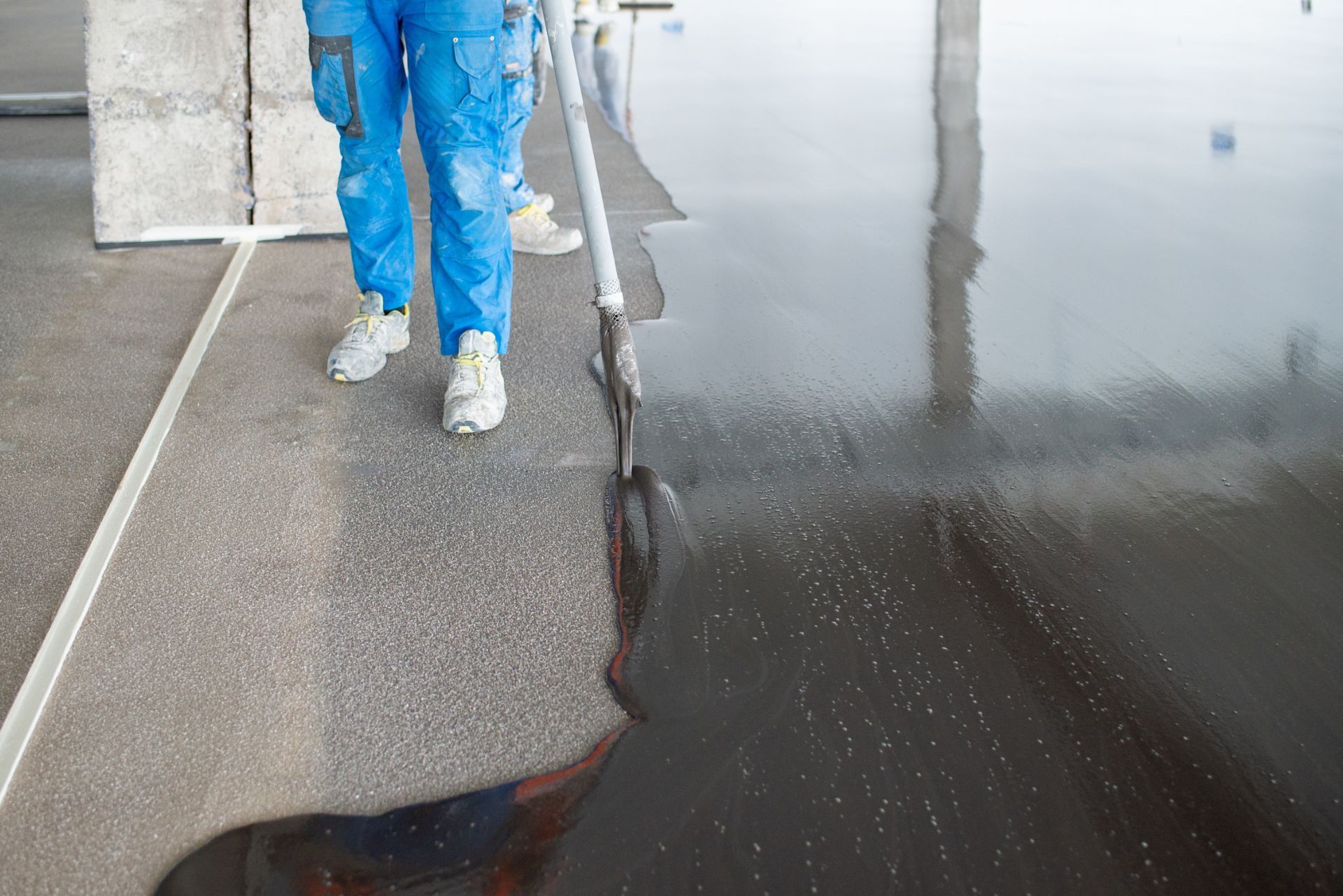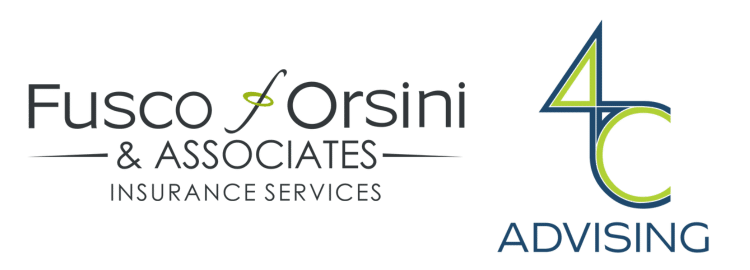Top 3 Recommended Policies

Operating as a waterproofing contractor in California presents unique challenges and opportunities, especially when it comes to securing the right insurance coverage. The industry has experienced notable shifts in recent years, from fluctuating market revenues to evolving regulatory requirements and rising insurance premiums. Understanding the landscape of waterproofing contractor insurance in California is essential for business owners seeking to protect their operations, manage risks effectively, and maintain compliance with state mandates.
In this comprehensive guide, you will find detailed insights into the current market conditions, the specific insurance challenges faced by waterproofing contractors, recent legislative developments, and practical advice on navigating insurance policies tailored to this specialized trade. Whether you are a seasoned contractor or new to the industry, this article aims to equip you with the knowledge necessary to make informed decisions about your business insurance needs.
For further reading on the broader market trends affecting waterproofing contractors, the U.S. Waterproofing Contractors Market Research Report offers valuable context on industry revenue trends and demand fluctuations.
Current Market Landscape for Waterproofing Contractors in California
The waterproofing contracting industry in California is navigating a period of contraction, with industry-wide revenue declining at an expected compound annual growth rate (CAGR) of 2.2% over the past five years. The market is projected to reach approximately $5.2 billion in 2024, reflecting both economic pressures and shifting demand patterns.
This decline is partly influenced by volatility in the housing market, particularly in single-family homes, which traditionally represent a substantial segment of waterproofing services. Economic factors such as fluctuating interest rates have made demand less predictable, complicating business planning and growth strategies for contractors.
Moreover, the construction sector's broader challenges, including wage inflation and material cost volatility, have contributed to rising operational expenses. These factors collectively impact not only profitability but also the insurance landscape, as insurers adjust premiums in response to increased risk and claim frequency.
In addition to these economic pressures, the waterproofing industry is also facing heightened competition from emerging technologies and innovative materials that promise enhanced durability and efficiency. For instance, the introduction of advanced waterproofing membranes and sealants has changed the landscape, with many contractors now needing to invest in training and equipment to stay competitive. As clients become more informed about the latest products and techniques, contractors must adapt to meet these evolving expectations, often requiring significant investment in research and development.
Furthermore, environmental considerations are increasingly influencing market dynamics. With California's stringent regulations on water conservation and sustainability, waterproofing contractors are finding themselves at the intersection of compliance and innovation. The demand for eco-friendly waterproofing solutions, such as bio-based sealants and permeable membranes, is on the rise, prompting many companies to rethink their offerings. This shift not only aligns with regulatory requirements but also appeals to a growing segment of environmentally conscious consumers, thereby creating new opportunities for those willing to embrace change.
Insurance Challenges Unique to Waterproofing Contractors
Waterproofing contractors face a distinct set of insurance challenges that differentiate them from other construction trades. One major issue is the scarcity of specialist insurers who fully understand the risks associated with waterproofing work. This knowledge gap often leads to higher premiums and coverage limitations.
For example, many waterproofing contractors find themselves exposed to pollution liability claims due to the nature of their materials and methods, yet standard general liability policies may not adequately cover these risks. This coverage gap can leave businesses vulnerable to costly claims and legal disputes.
According to Waterproofing Insurance Solutions, the combination of limited insurer expertise and the complexity of waterproofing risks results in premiums that are often significantly higher than those for other contractors. Navigating these insurance intricacies requires a proactive approach to policy selection and risk management.
Moreover, waterproofing contractors often work in diverse environments, from residential basements to large commercial projects, each presenting unique challenges and potential liabilities. For instance, the presence of mold or structural damage can complicate waterproofing jobs, leading to additional claims that may not be covered under standard policies. This variability necessitates a tailored insurance approach, where contractors must carefully assess their specific projects and the associated risks to ensure they have adequate protection in place.
Additionally, the evolving regulatory landscape surrounding environmental protections and building codes adds another layer of complexity. Waterproofing contractors must stay informed about local and national regulations that could impact their work and insurance needs. Failure to comply with these regulations not only poses legal risks but can also lead to increased insurance scrutiny and potential claims. As such, maintaining open communication with insurers and seeking advice from industry experts is crucial for contractors looking to mitigate their risks and secure the best possible coverage.

Impact of California’s Insurance Regulations on Waterproofing Contractors
California has been at the forefront of addressing insurance challenges related to construction and home improvement trades. In February 2022, California Insurance Commissioner Ricardo Lara introduced statewide insurance standards specifically aimed at fireproofing older homes. While these regulations primarily target wildfire risk, they have broader implications for contractors involved in home improvement, including waterproofing specialists.
The new standards are designed to keep wildfire insurance affordable and accessible, which indirectly affects the insurance market for related trades. Contractors working in California must now consider how these regulations influence their insurance requirements and the availability of coverage options.
Waterproofing contractors, in particular, face unique challenges as they navigate these evolving regulations. The intersection of fire safety and moisture control is critical, especially in areas prone to both wildfires and heavy rainfall. For instance, waterproofing solutions that are effective in preventing water intrusion can also play a role in fire resistance, as they often involve materials that help protect structures from both elements. This dual functionality means that waterproofing contractors may find themselves needing to adapt their practices to align with new standards, ensuring that their methods not only safeguard against water damage but also comply with fireproofing guidelines.
Moreover, as the demand for sustainable building practices grows, waterproofing contractors are increasingly integrating eco-friendly materials and techniques into their work. This shift not only meets consumer preferences but also aligns with California's broader environmental goals. As such, waterproofing contractors must stay informed about both insurance regulations and advancements in sustainable materials to remain competitive. The evolving landscape of insurance requirements can create opportunities for contractors who are proactive in adapting their services, potentially leading to a more resilient and environmentally conscious construction industry.
More information on these regulatory efforts can be found at
California Fireproofing Contractor Insurance.
Rising Insurance Premiums and Their Drivers
Insurance premiums for construction-related trades, including waterproofing contractors, have been on the rise. In 2025, average construction insurance premiums increased by 9.3%, driven by several factors such as wage inflation, material cost volatility, and a higher frequency of claims.
This upward trend in premiums places additional financial pressure on waterproofing contractors, many of whom operate with tight margins. The increased costs necessitate careful budgeting and may require contractors to reassess their insurance coverage to ensure adequate protection without overpaying. Furthermore, as the industry evolves, contractors might find themselves needing to invest in new technologies or training to mitigate risks, which can further strain their financial resources.
Contractors should also be aware of emerging litigation trends that could further impact insurance costs. A recent industry report highlights a surge in construction defect lawsuits, which tend to extend the duration and complexity of general liability claims. Such developments underscore the importance of securing comprehensive and tailored insurance policies. Additionally, the rise in claims can be attributed to the increasing complexity of construction projects, where multiple subcontractors and suppliers are involved, leading to a greater potential for disputes and defects.
Insights into these trends are detailed in the Construction Insurance Industry Statistics 2025 and the Contractors Insurance Alert: Construction Defect Lawsuits Rising. It is crucial for contractors to stay informed about these statistics and trends, as they can provide valuable context for negotiating better terms with insurers and understanding the broader market dynamics that affect their business operations. Engaging with industry associations and attending relevant workshops can also equip contractors with the knowledge necessary to navigate this challenging landscape effectively.

Key Insurance Coverages for Waterproofing Contractors
Understanding the types of insurance coverage essential for waterproofing contractors is critical to mitigating risk and ensuring business continuity. The following are the primary insurance policies contractors should consider:
- General Liability Insurance: Protects against third-party bodily injury and property damage claims. Given the nature of waterproofing work, coverage should be reviewed carefully to address pollution liability exposures.
- Pollution Liability Insurance: Specifically covers claims related to environmental contamination, a significant risk in waterproofing due to the use of chemicals and sealants.
- Workers’ Compensation Insurance: Mandatory in California, this coverage protects employees in the event of work-related injuries or illnesses.
- Commercial Property Insurance: Covers damage to business property, including tools, equipment, and materials.
- Professional Liability Insurance: Also known as errors and omissions insurance, it protects against claims arising from design or workmanship defects.
Contractors should work with insurance professionals who specialize in construction and waterproofing to tailor policies that address their unique risks effectively. Additionally, it is crucial for contractors to stay informed about the latest industry standards and regulations that may impact their insurance needs. For instance, changes in environmental laws can necessitate updates to pollution liability coverage, ensuring that contractors remain compliant while protecting their business interests.
Moreover, waterproofing contractors should consider the potential impact of climate change on their operations. As weather patterns become more unpredictable, the risk of water damage and related claims may increase. This evolving landscape makes it essential for contractors to reassess their insurance portfolios regularly, ensuring they have adequate coverage for emerging risks such as flooding or severe storms. By proactively managing these risks through comprehensive insurance solutions, waterproofing contractors can safeguard their businesses and enhance their reputation in the industry.
Strategies for Managing Insurance Costs and Risks
While rising premiums are a concern, there are strategies waterproofing contractors can employ to manage insurance costs and reduce exposure to claims:
Risk Management Programs: Implementing safety protocols and regular employee training can reduce workplace accidents and claims.
Choosing Specialist Insurers: Engaging with insurers who understand waterproofing risks can result in better coverage terms and potentially lower premiums.
Policy Reviews and Updates: Regularly reviewing insurance policies ensures coverage remains adequate as the business grows or changes.
Legal and Regulatory Compliance: Staying informed about California’s evolving insurance regulations helps avoid penalties and coverage gaps.
Proactive risk management not only protects the business but can also make contractors more attractive to insurers, potentially leading to more competitive rates. Additionally, establishing a culture of safety within the organization can significantly impact insurance costs. By fostering an environment where employees are encouraged to prioritize safety, contractors can reduce the frequency and severity of accidents, which in turn lowers the likelihood of claims. Regular safety meetings and the use of safety performance metrics can help keep safety at the forefront of daily operations.
Moreover, investing in technology can also play a crucial role in managing risks and costs. Utilizing advanced equipment and materials that minimize the risk of leaks or failures not only enhances the quality of work but also reduces the likelihood of future claims. For instance, employing moisture detection systems can help identify potential issues before they escalate into significant problems, thereby safeguarding both the contractor’s reputation and financial standing. By integrating these innovative practices, waterproofing contractors can create a more resilient business model that withstands the pressures of rising insurance costs.
Looking Ahead: Industry Outlook and Insurance Trends
The outlook for waterproofing contractors in California includes both challenges and opportunities. Market contraction and rising insurance costs require careful financial and operational planning. However, increased regulatory focus on construction safety and insurance standards may also lead to more stable and transparent insurance markets in the long term.
Industry leaders and policymakers continue to explore solutions to California’s insurance challenges, including proposals aimed at improving coverage accessibility and affordability for contractors. These efforts, highlighted in the Proposed Solutions for California’s Homeowners Insurance Challenges report, suggest a collaborative approach between insurers, contractors, and regulators to address systemic issues.
For waterproofing contractors, staying informed and adaptable will be key to navigating this evolving landscape successfully. The integration of advanced technologies, such as drone inspections and AI-driven project management tools, is becoming increasingly vital. These innovations not only enhance operational efficiency but also improve safety standards on job sites, which can be a significant factor in securing favorable insurance terms. As contractors embrace these technologies, they may find themselves better positioned to meet the demands of both clients and insurers alike.
Moreover, the growing emphasis on sustainability and eco-friendly practices within the construction industry presents an additional avenue for waterproofing contractors to differentiate themselves. By adopting green materials and methods, contractors can not only comply with regulatory requirements but also appeal to a more environmentally conscious clientele. This shift towards sustainability is likely to influence insurance underwriting criteria, as insurers may offer better rates to those who demonstrate a commitment to environmentally responsible practices. As the industry evolves, the ability to pivot towards these trends will be essential for long-term success.
Conclusion
California waterproofing contractors operate in a complex and dynamic environment where insurance plays a critical role in business sustainability. Understanding the current market trends, recognizing the unique insurance challenges of the trade, and staying abreast of regulatory developments are essential steps toward securing effective coverage.
By adopting strategic risk management practices and partnering with knowledgeable insurance providers, contractors can better protect their businesses against the increasing risks and costs associated with their work. In doing so, they position themselves not only to survive but to thrive in California’s competitive construction industry.
Contact Us
Phone
Location




